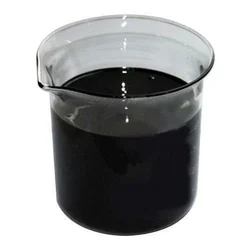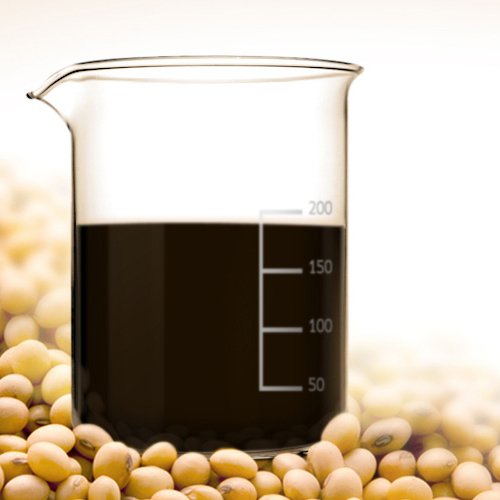Oleochemicals And Derivetives
Fatty acids, fatty methyl esters, fatty alcohols, fatty amines and glycerol are examples of most common basic oleochemicals. On the other hand, oleochemical derivatives refer to products derived from basic oleochemicals via several chemical processes such as epoxidation, ethoxylation, sulfation and sulfonation.
Oleochemical products are derived from naturally occurring fats and oils from vegetable and animal sources.

Thousands of products of different properties can be derived through these chemical reactions, so that they can be used in different applications such as cosmetics and personal care products, detergents, textiles, plastics and pharmaceuticals (Ghazali et al., 2007).
Oleochemicals can be used as a substitute for petroleum-based products known as petrochemicals.
- Sources: Oleochemicals are sourced from natural fats and oils, primarily obtained from plants such as palm, coconut, soybean, rapeseed, and animal fats.
- Processing: tends to come in granulated capsule form
- Fatty Acids: Fatty acids are a primary component of oleochemicals. Common fatty acids include stearic acid, oleic acid, lauric acid, palmitic acid, and linoleic acid.
Lecithin supplements can be purchased to help treat high cholesterol, as a breastfeeding aid, and to treat ulcerative colitis, among other things..
Specification
Specifications refer to detailed descriptions of the characteristics, features, requirements, and criteria that a product, service, or project must meet. They are vital in ensuring that the end result meets the intended purpose and quality standards. Specifications provide a clear and precise definition of what is expected and act as a reference for design, development, production, and evaluation.


